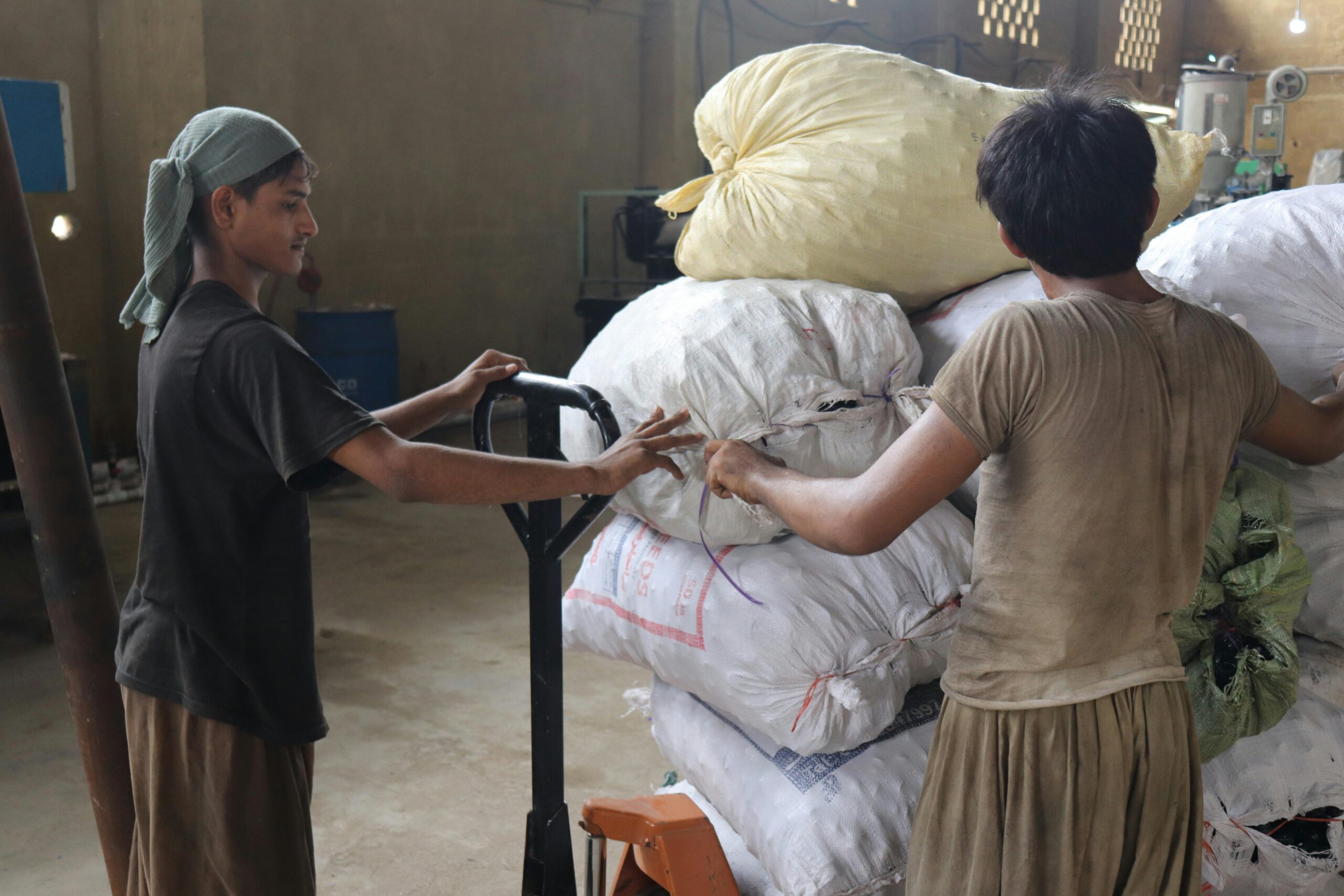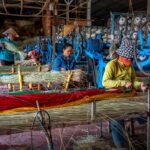Table of Contents
- A Comprehensive Breakdown of the Latest Manitoba PNP Draw ResultsNavigating the Key Immigration Pathways in the Manitoba DrawThe Strategic Importance of a Provincial Nomination from ManitobaFrequently Asked Questions
The province of Manitoba continues to demonstrate its commitment to attracting global talent through its dynamic Manitoba Provincial Nominee Program (MPNP). In a significant recent development, the province conducted a new round of invitations, extending offers to candidates across several key immigration streams. This draw presents a vital opportunity for international student graduates and skilled workers who possess the specific skills and experience that align with Manitoba’s economic and labor market needs. For many aspiring immigrants, receiving a Letter of Advice to Apply (LAA) from Manitoba is a critical first step on their journey toward securing permanent residency in Canada. These regular selection rounds underscore the province’s proactive strategy to welcome newcomers who can seamlessly integrate into its communities and contribute to its continued growth and prosperity. Understanding the nuances of these draws, including the targeted streams and minimum score requirements, is essential for any candidate hoping to make Manitoba their new home.
A Comprehensive Breakdown of the Latest Manitoba PNP Draw Results
In this latest draw, Manitoba issued a substantial number of LAAs to candidates registered in its Expression of Interest (EOI) pool. The invitations were strategically distributed across three primary immigration streams, each designed to target a specific demographic of skilled individuals. A total of several hundred invitations were issued, highlighting the program’s active role in provincial immigration. The results for each stream provide valuable insight into the province’s current priorities. For candidates in the Skilled Worker in Manitoba stream, the province issued the majority of its invitations, requiring a minimum EOI score that reflects the competitive nature of this pathway. This stream is specifically tailored for individuals who are already working in Manitoba with a temporary work permit and have received a full-time, permanent job offer from their employer. The high number of invitations in this category signals a strong demand for experienced workers already established within the provincial workforce.
The International Education Stream (IES) also featured prominently in the draw, with a significant number of invitations sent to recent graduates from designated Manitoba post-secondary institutions. This stream is a testament to the province’s desire to retain the talent it helps to cultivate. By providing a direct pathway to permanent residency for its international graduates, Manitoba ensures that the skills and knowledge gained in its classrooms can be directly applied to its economy. Finally, a select number of invitations were extended to candidates under the Skilled Worker Overseas stream. These invitations were issued through a Strategic Recruitment Initiative, meaning the candidates were directly invited by the MPNP based on specific criteria, such as in-demand occupations or participation in an overseas recruitment mission. A portion of the total LAAs were also allocated to candidates who had a valid profile in the federal Express Entry system, which will grant them a significant advantage in their federal application.
Key Takeaways from the Draw:
- Skilled Worker in Manitoba Dominates: The largest share of invitations went to candidates with existing work experience and a job offer in Manitoba, emphasizing the value of local employment.Focus on Talent Retention: The International Education Stream continues to be a crucial pathway, demonstrating Manitoba’s commitment to retaining international students as permanent residents.Strategic Overseas Recruitment: The Skilled Worker Overseas invitations were highly targeted, indicating that Manitoba actively seeks candidates with specific skills that are not readily available in the local labor market.Express Entry Alignment: A notable number of invited candidates were also in the federal Express Entry pool, positioning them to receive an enhanced provincial nomination and an expedited path to PR.Competitive Scores: The minimum EOI scores required for the skilled worker streams underscore the importance of having a strong profile that maximizes points for language, education, work experience, and adaptability.
Navigating the Key Immigration Pathways in the Manitoba Draw
Understanding the distinct immigration streams utilized in this draw is fundamental for any prospective applicant. Each pathway is meticulously designed to meet different provincial objectives. The Skilled Worker in Manitoba Stream, for instance, operates on the principle that candidates with established work experience in the province are well-positioned for long-term economic success. To be eligible, applicants typically need to be working in Manitoba on a valid permit for at least six months with a long-term job offer from that same employer. The employer must be established and operating in Manitoba. This stream values candidates who have already demonstrated their ability to integrate into the provincial labor market, making it a highly reliable route for those already contributing to the local economy.
The International Education Stream (IES) is another cornerstone of the MPNP, focusing on retaining bright minds educated within the province. This stream is broken down into sub-categories like the Career Employment Pathway, which is for graduates who have secured a long-term job offer in an in-demand occupation related to their studies. Another is the Graduate Internship Pathway, which targets master’s and doctoral graduates who have completed Mitacs Accelerate or Elevate internships. The IES provides a clear and advantageous route for students who have invested their time and resources in a Manitoba education, offering them a direct transition from student to permanent resident. Finally, the Skilled Worker Overseas Stream is for qualified workers who are outside of Canada but can demonstrate a strong connection to Manitoba. This connection can be through family or friends, past education or work experience in the province, or a direct invitation from the MPNP through a Strategic Recruitment Initiative. This pathway allows Manitoba to be nimble and responsive, targeting individuals with precise skills needed to fill acute labor shortages.
The Strategic Importance of a Provincial Nomination from Manitoba
Receiving a provincial nomination from the Manitoba Provincial Nominee Program (MPNP) is a game-changing event for an immigration applicant. It represents a formal endorsement from the provincial government, signifying that the candidate has the skills, experience, and potential to successfully establish themselves economically in Manitoba. This nomination is the most critical element in a successful provincial application for permanent residence. There are two primary types of provincial nominations: a base nomination and an enhanced nomination. A base nomination means the applicant applies directly to the province and, upon receiving the nomination, submits a separate paper-based or online application for permanent residence to Immigration, Refugees and Citizenship Canada (IRCC). While effective, this process can be longer.
The more sought-after option is the enhanced, Express Entry-aligned nomination. As seen in the latest draw, many candidates who received an LAA also had an active profile in the federal Express Entry system. When these candidates successfully apply to the MPNP and receive their nomination, it is uploaded to their Express Entry profile. This enhanced nomination automatically awards them an additional 600 points toward their Comprehensive Ranking System (CRS) score. This substantial point increase effectively guarantees that they will receive an Invitation to Apply (ITA) for permanent residence in the next federal Express Entry draw. This two-step process—provincial nomination followed by a federal invitation—is one of the most efficient and powerful strategies for achieving permanent residency in Canada, and Manitoba’s active use of it makes the province an attractive destination for skilled immigrants worldwide.
Frequently Asked Questions
What is the Manitoba Provincial Nominee Program (MPNP)?
The MPNP is an economic immigration program run by the province of Manitoba. It allows the province to select and nominate qualified skilled workers, international graduates, and business people who have the potential to contribute to Manitoba’s economy to apply for Canadian permanent residence.
What is a Letter of Advice to Apply (LAA)?
A Letter of Advice to Apply (LAA) is an official invitation issued by the MPNP to candidates in its Expression of Interest (EOI) pool. Receiving an LAA means the candidate is eligible to submit a full application for a provincial nomination from Manitoba.
How does the Skilled Worker in Manitoba stream work?
This stream is for qualified temporary foreign workers and international student graduates who are currently employed in Manitoba and have been offered a permanent, full-time job with their Manitoba employer. It prioritizes candidates with a strong connection to the provincial labor market.
What are the benefits of the International Education Stream?
The International Education Stream provides a direct pathway to permanent residency for students who graduate from designated Manitoba educational institutions. It helps retain talent within the province and offers graduates a clear route to immigration after their studies, often without extensive work experience requirements.
How does a provincial nomination affect an Express Entry profile?
Receiving an enhanced provincial nomination from a program like the MPNP grants an Express Entry candidate an additional 600 Comprehensive Ranking System (CRS) points. This massive increase virtually guarantees they will receive an Invitation to Apply (ITA) for permanent residence in a subsequent federal draw.
Talk to us to find out more. ->The content above is not intended to provide legal advice or opinions of any kind and may not be used for professional or commercial purposes.







